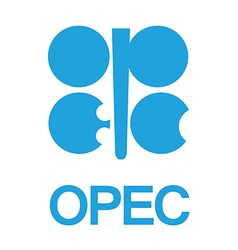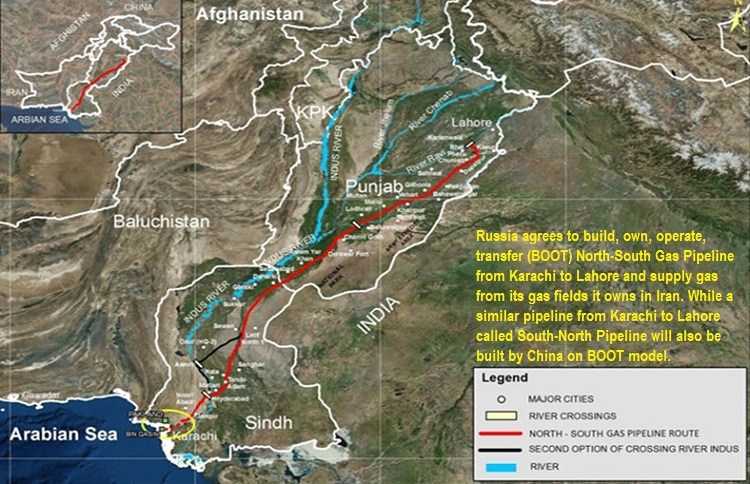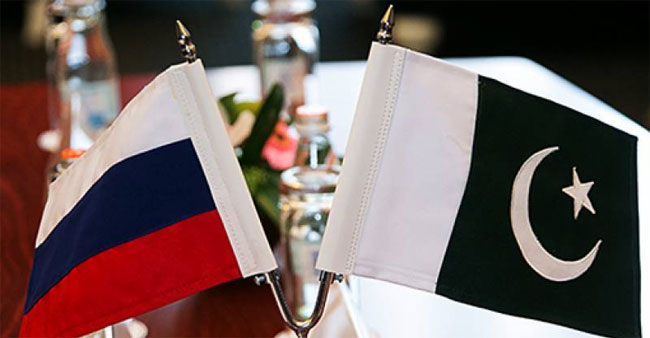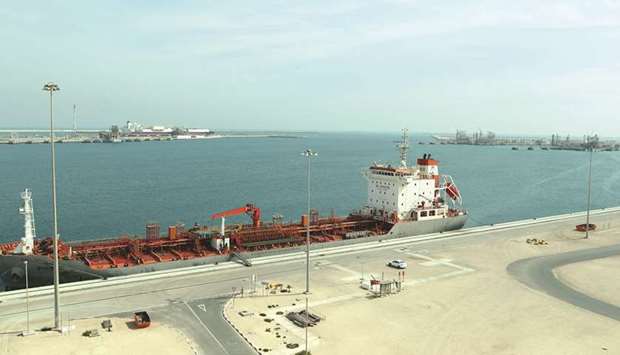Greece ‘turning a page’ as eurozone declares crisis over

The eurozone ministers’ agreement comes nearly a decade after Athens finances spun out of control, sparking three bailouts and threatening the country’s euro membership.
“Yesterday we reached a historic agreement on Greece’s debt with the Eurogroup,” Tsipras told the country’s president, Prokopis Pavlopoulos.
“We are turning a page,” he said, adding that Greece had to remain on the path of reform.
Tsipras, who hates ties and hasn’t worn one since becoming prime minister in 2015, had pledged at the time he would wear one “only when (Greece’s) debt is cut.”
He honoured his pledge late Friday, arriving at a celebratory meeting of his coalition lawmakers sporting a maroon-coloured tie with a white shirt and blue jacket.
He removed it however at the end of a speech to the gathering, observing that “the Greek people had won a battle but not the war” and promising to continue to lead the fight” to victory.
Following the eurozone ministers’ hard-fought agreement declared earlier Friday, Greece is slated to leave its third financial rescue since 2010 on Aug. 20.
“The Greek crisis ends here tonight,” said EU Economic Affairs Commissioner Pierre Moscovici, after the marathon talks in Luxembourg.
The deal was expected to be an easy one, but last-minute resistance by Germany – Greece’s long bailout nemesis and biggest creditor – dragged the talks on for six hours.
The ministers agreed to extend maturities by 10 years on major parts of its total debt obligations, a mountain that has reached close to double the country’s annual economic output.
They also agreed to disburse 15 billion euros ($17.5 billion) to ease Greece’s exit from the rescue programme.
This would leave Greece with a hefty 24 billion euro safety cushion, officials said.
“The agreed debt relief is bigger than we had expected,” Citi European Economics said in a note.
“In particular, the 10-year extension of the EFSF loans’ maturity and most importantly the grace period on interest payments is a significant development,” they added.
“The Greek government is happy with the agreement,” Greek Finance Minister Euclid Tsakalotos said after the talks.
But “to make this worthwhile we have to make sure that the Greek people must quickly see concrete results… they need to feel the change in their own pockets,” he added.
Tsakalotos’ predecessor in the government, maverick economist Yanis Varoufakis, was more scathing in his assessment.
“Congratulations, comrades. [Eurozone creditors] extend the Greek state’s bankruptcy into 2060 and they call it debt … relief,” he tweeted.
The eight-year crisis toppled four governments and shrank the economy by 25 percent. Unemployment soared and still hovers over 20 percent, sending thousands of young educated Greeks abroad.
Optimism is tempered by Greece’s remaining fiscal obligations, which will demand serious discipline, observers say.
“This is a very tight programme. A surplus of 3.5 percent to 2022 and 2.2 percent (on average) to 2060 is not easy at all,” Kostas Boukas, asset management director at Beta Securities, told Athens 9,84 radio.
“We’ll have to see if the pledges will be kept, especially as they depend on international developments as well,” he said.
Under pressure from its creditors, Greece has already agreed to slash pensions again in 2019, and reduce the tax-free income threshold for millions of people in 2020.
Further cuts will be made to maintain the 3.5-percent surplus, if necessary.
“It would be a terrible mistake to cultivate illusions that the end of the bailout means a return to normality,” said pro-opposition daily Ta Nea.
“What follows is tough oversight which no other country has experienced in a post-bailout period,” the daily said.
The European Commission has already specified that Greece will remain under fiscal supervision until it repays 75 percent of its loans.
Athens has received 273.7 billion euros in assistance since 2010, enabling it to avoid punishing borrowing rates on debt markets.
The International Monetary Fund, led by the tough-talking Christine Lagarde, welcomed the debt relief, but cited reservations about Greece’s obligations over the long term.
“In the medium term analysis there is no doubt in our minds that Greece will be able to reaccess the markets,” Lagarde said after the talks.
“As far as the longer term is concerned we have concerns,” she added.
The reform-pushing IMF played an active role in the two first Greek bailouts, but took only an observer role in the third in the belief that Greece’s debt pile was unsustainable in the long term.
French President Emmanuel Macron also hailed the “very positive” agreement, saying it showed that “Europe is moving forward” despite recent difficulties.













PARIS – In April, governments from around the world agreed to a $13 billion capital increase for the World Bank Group, sending a clear signal that multilateralism is far from dead. The additional funding will strengthen the WBG’s capacity to support development projects around the world. But it also raises critical questions about how best to deploy the new funds and raise public capital in the future.
Meeting the 2030 United Nations Sustainable Development Goals(SDGs), as well as the WBG’s own goal of taking development finance from “from billions to trillions,” requires maximizing the potential of the latest capital increase. And to do that will require building a new architecture for development finance, so that a multitude of actors operating with limited resources have incentives to optimize performance, pursue joint action, and avoid duplicating one another’s efforts.
A new framework will force all stakeholders – including the WBG, regional development banks, bilateral agencies, the European Investment Bank (EIB), and other institutions – to reexamine their role in the larger system. We know from past experience that by strengthening the WBG, the use of public and private capital in development finance could become more fragmented. To avoid that outcome, we need a system that motivates diverse parties to work together transparently.
A key focus should be on reinforcing the “billions-to-trillions” approach, which focuses on mobilizing private-sector capital and ensuring the best use of public-sector capital. Accordingly, the increase in public money must not be allowed to deter private-sector contributions through hidden competition or a “crowding out” effect. Addressing these concerns will require a more clearly defined division of labor when it comes to allocating risks and responsibilities.
Moreover, it is time to rethink official development assistance (aid from governments), which remains crucial for alleviating poverty, protecting human dignity, and financing basic services for people in places where no other financial resources are available. Owing to limited investment in the SDGs, ODA must be deployed in such a way that it attracts additional financing, or channels existing resources through blended-finance (public-private) mechanisms.
As majority shareholders in the multilateral development-bank system, the largest contributors of ODA have a key role to play in aligning public- and private-sector incentives. By coming together, they can steer the international community toward a system based on shared goals and collective responsibility.
The WBG’s capital increase offers reassurance at a critical moment for multilateralism. But it should not be treated as an excuse to stop innovating, or to take the easy route of relying solely on public capital, while avoiding the difficult task of pursuing blended-finance approaches. Rather, we must seize the moment to address the sources of fragility, conflict, and violence around the world, and to create an encouraging environment for more private-sector investment. Only by maintaining the current momentum can we move the SDG agenda forward.
Until now, blended-finance mechanisms for mobilizing private capital have been used mostly in relatively stable middle-income countries. According to a recent OECD study, nearly 43% of the private finance raised by such mechanisms between 2012 and 2015 was used in upper-middle-income countries, while only 7% was put to work in the least-developed countries.
It is vitally important to expand the use of blended finance in fragile and low-income countries. Development banks’ private-sector arms will need to do more to target their capital outlays in ways that mitigate risk and attract private-sector capital, rather than inadvertently crowding it out.
The world is just a few years into the SDG agenda. But it is already clear that achieving it will require new incentives for public and private actors to direct investments toward those who are at risk of being left behind. That means creating a system in which public funds are consistently targeted at the right areas, and for the right purposes.
At a time of populist agitation against multilateral institutions, the WBG’s capital increase is a notable achievement in itself. But the current political environment makes it all the more important that we get the next phase of development finance right. We must stay focused on building and maintaining a cohesive architecture for meeting the SDGs and other international commitments, such as those embodied in the Paris climate agreement.
Change will not happen on its own. So, rather than being at the mercy of global financial flows, we must harness finance as a tool for achieving our goals. Doing so will require genuine, long-term engagement on the part of “shareholders,” and pressure from engaged citizens the world over.